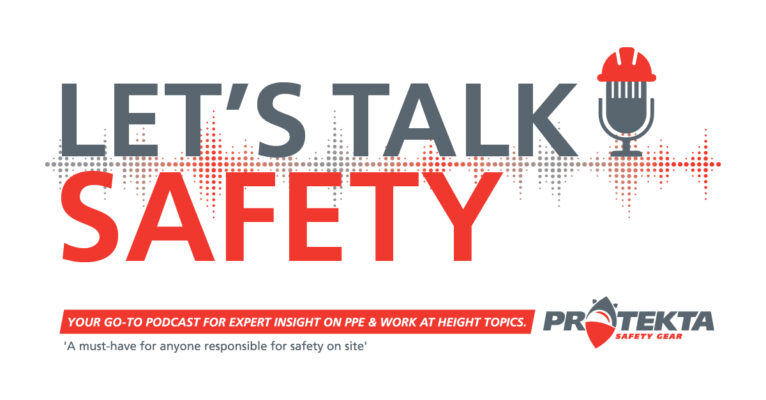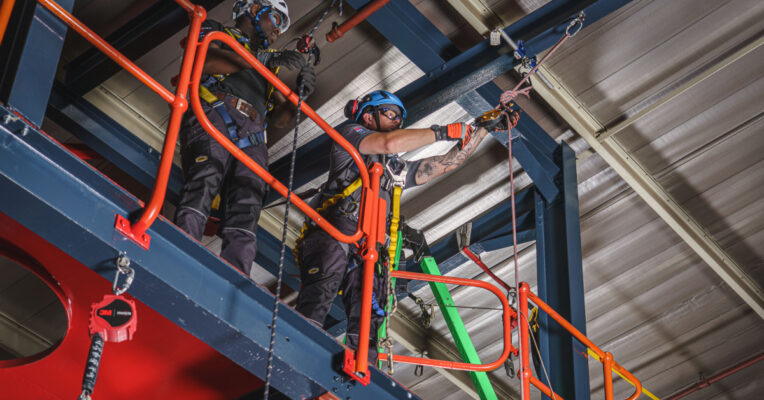Fall Protection, Training, Work at Heights, Work at Heights equipment
Maintaining, Servicing, and Discarding Fall Protection Equipment: A Quick Guide
The maintenance, service, and proper disposal of fall protection equipment (harnesses, full body harnesses, Lifelines etc.) are crucial to ensuring the safety and well-being of those working at heights. While the necessity of using full-body harnesses and other fall protection gear is widely recognised, the importance of their ongoing maintenance and the procedures for their disposal are often less understood. This article delves into the essential practices for maintaining, servicing, and discarding fall protection equipment, highlighting the significant role of authorised service centres and the critical need for stringent inspection protocols.
Understanding the Serviceability of Fall Protection Equipment
Not all work at heights equipment is designed to be serviceable. Specific products, such as Self-Retracting Lifelines (SRLs), winches, and rescue hubs can be serviced and maintained. However, it’s important that such servicing and maintenance tasks are carried out by an authorised service centre. Authorised service providers like Protekta Safety Gear are equipped with the expertise and equipment necessary to perform comprehensive checks and repairs, ensuring that the equipment meets the stringent safety standards required for work at heights. It is important to note that only an OEM (3M) can authorise a service provider to represent them. The reason this must be considered is because there is serious liability (Financial and Reputation) at stake if a category 3 PPE fails and results quite likely in a fatality.
The Importance of Proper Disposal
For fall protection equipment that cannot be serviced and re-certified, proper disposal is not just a recommendation—it is a necessity. The correct discarding process involves destroying the equipment to prevent any possibility of accidental reuse. This measure is critical as it ensures that damaged or compromised equipment does not find its way back into use, posing serious risks to users.
Incident Reporting
The reporting of any incidents involving fall protection equipment, regardless of whether an injury was sustained, is vital. This practice serves a dual purpose. First, it ensures that compromised equipment is promptly removed from circulation, preventing its reuse. Second, incident reporting aids in the identification of potential procedural failures or weaknesses, contributing to the continuous improvement of fall protection strategies, thereby preventing recurrence of similar incidents.
Rigorous Inspection Protocols
- Pre-use Inspection: This is conducted by the user and is guided by the US229998 standard. It involves a thorough check of the equipment before each use, ensuring it is in optimal condition for safe operation. Require an employee to be trained on US229998? Contact us to book training.
- Periodic Inspection: Depending on the site’s operational demands, these inspections are carried out every 3, 6, or 12 months by a Subject Matter Expert (SME). These inspections are more detailed and aim to identify any wear, damage, or alterations that could compromise the equipment’s safety performance. Contact us to book an inspection.
The maintenance, servicing, and proper disposal of fall protection equipment are foundational to ensuring the safety of those working at heights. By adhering to the guidelines for servicing by authorised centres, correctly discarding unserviceable gear, diligently reporting incidents, and following strict inspection protocols, companies can mitigate the risks associated with working at heights.
Remember, when it comes to fall protection, cutting corners is not an option. The goal is to ensure that every worker returns home safely at the end of the day, and maintaining the integrity of fall protection equipment is key to achieving this goal.




